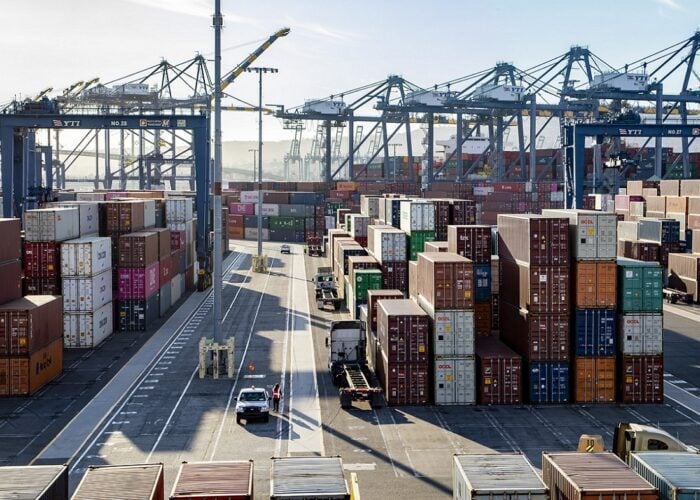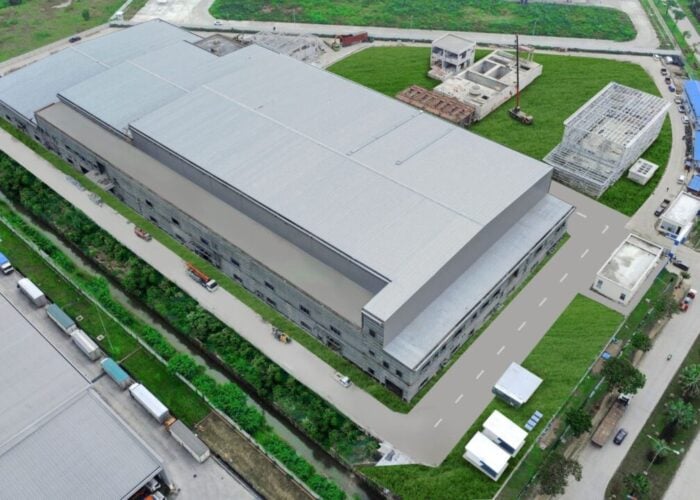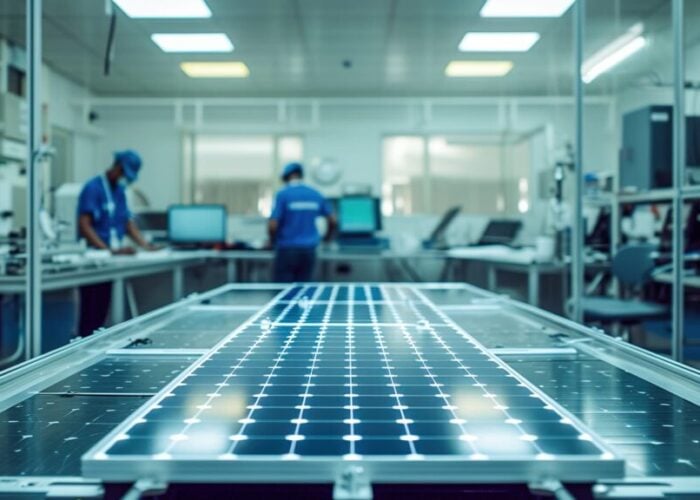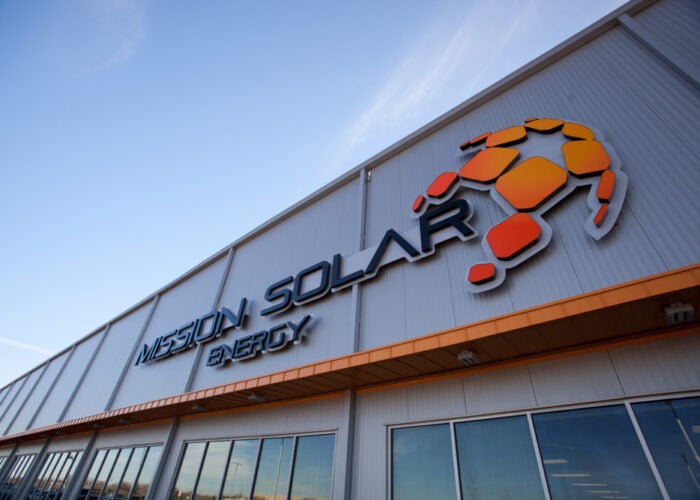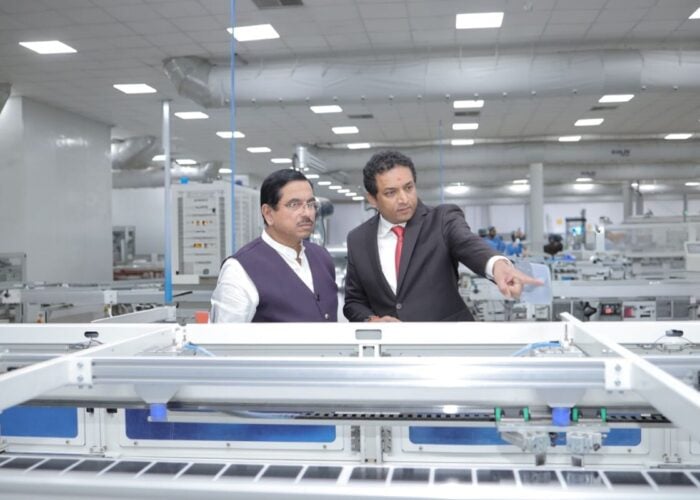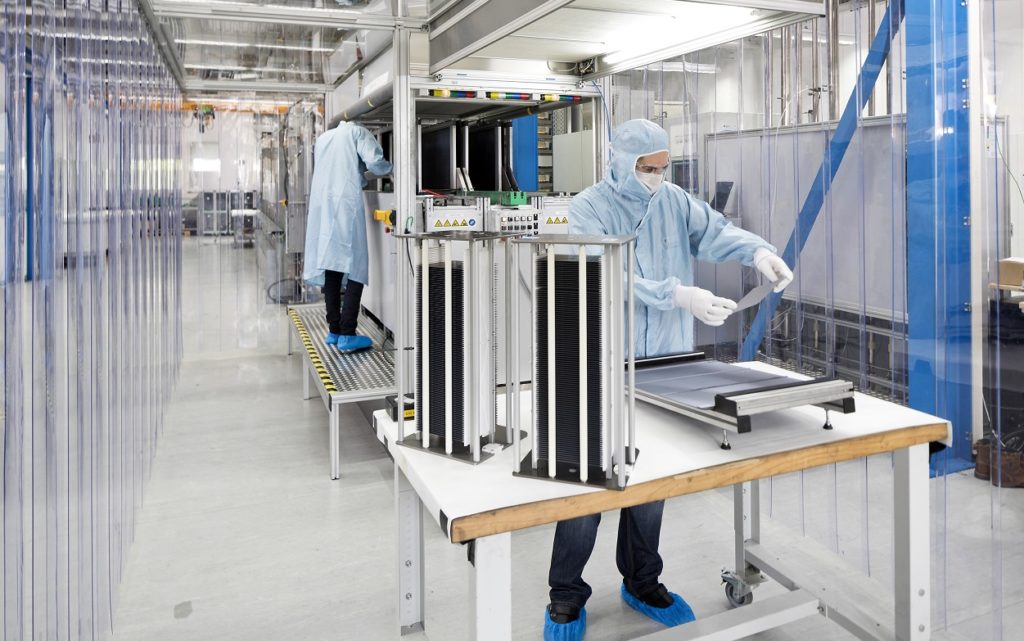
The solar photovoltaic (PV) industry broke records with annual installed capacity additions reaching 183GW in 2021. However, there were warning signs of cost pressures across all market segments as post-COVID supply chain disruptions led to soaring freight costs, and higher energy, labour, and other material costs. As an example, the price of polysilicon rose to a long-time high of US$45/kg. While industry analysts expect more polysilicon capacity to come online, it’s important to remain cautious of the cyclicality of polysilicon pricing.
At the same time, the Russian invasion of Ukraine early in 2022 and its threat to the global supply of fossil fuel energy brought into focus the strategic importance of renewable energy supply chains. For example, Norway’s Rystad Energy reported that “Russian gas supplies have dropped 89% and could fall further”. The September 2022 reports on the suspected sabotage of the Nord StreamPipelines confirm that Europe, and by extension the rest of the world, needs to focus on energy security.
Unlock unlimited access for 12 whole months of distinctive global analysis
Photovoltaics International is now included.
- Regular insight and analysis of the industry’s biggest developments
- In-depth interviews with the industry’s leading figures
- Unlimited digital access to the PV Tech Power journal catalogue
- Unlimited digital access to the Photovoltaics International journal catalogue
- Access to more than 1,000 technical papers
- Discounts on Solar Media’s portfolio of events, in-person and virtual
Or continue reading this article for free
These difficult realities make the long-term perspective for renewable energy especially strategic. Over the next five years, new installed solar capacity is expected to reach between 204GW and 252GW, more than doubling current capacity. Governments and activist groups across the globe are taking decisive action against climate change. For example, the European Commission launched REPowerEU in May 2022. The REPowerEU plan intends to rapidly reduce Europe’s dependence on imported fossil fuels and make a positive contribution to tackling the climate crisis by adding more than 320GW of solar PV by 2025 and nearly 600GW by 2030. Reaching these objectives includes the formation of the European Solar Industry Alliance, one of the core initiatives of the EU Solar Energy Strategy as part of REPowerEU and formally endorsed by the European Commission. The alliance is backed by major European PV companies such as Meyer Burger, Enel and Wacker and managed by EIT InnoEnergy.
The US has moved more quickly and definitively. The Inflation Reduction Act invests US$370 billion in renewable energy solutions and climate-protecting resources over 10 years to support various US Department of Energy initiatives, including corporate tax credits for manufacturing solar, wind and battery components in the US. The Inflation Reduction Act also allocates US$11.7 billion to the Loan Programs Office. This initiative is dedicated to investing in and growing the commercialisation of domestic solar PV technologies.
All these plans hinge on establishing large-scale solar manufacturing that can successfully compete with incumbent suppliers. This means scaling advanced and innovative manufacturing technologies such as engineered green solar wafers. Silicon epitaxy, for example, is a greener and more cost-effective alternative to conventional ingot pulling and wafering. These types of manufacturing innovations provide growth opportunities for reshoring solar manufacturing to the US and abroad, presenting a highly scalable technology ready to compete with China’s scale and dominance of the market.
Epitaxial wafer production technology offers benefits that positively impact the entire solar industry. A direct gas-to-wafer process enables ultra-thin wafers with precise tuning of material properties, leading to higher efficiencies and a cost advantage. Adoption of epitaxial wafer technology dramatically reduces CO2 emissions by 75% during manufacturing when compared with conventional Czochralski wafer production. This is because epitaxial processes can eliminate many of the energy-intensive steps required during traditional manufacturing. For example, a 75% reduction in CO2 emissions is equivalent to roughly 480,000 homes’ annual energy use or 870,000 passenger cars driven for one year.
The success of government initiatives to reshore photovoltaics depends on technological improvements such as engineered green solar wafers that outperform conventional wafers. The stage is set for the emergence of an ultra-low-cost, high-efficiency solar industry based on epitaxial solar wafers and other highly scalable, high-efficiency technologies.
Author
Davor Sutija is the CEO of solar wafer manufacturer NexWafe.

